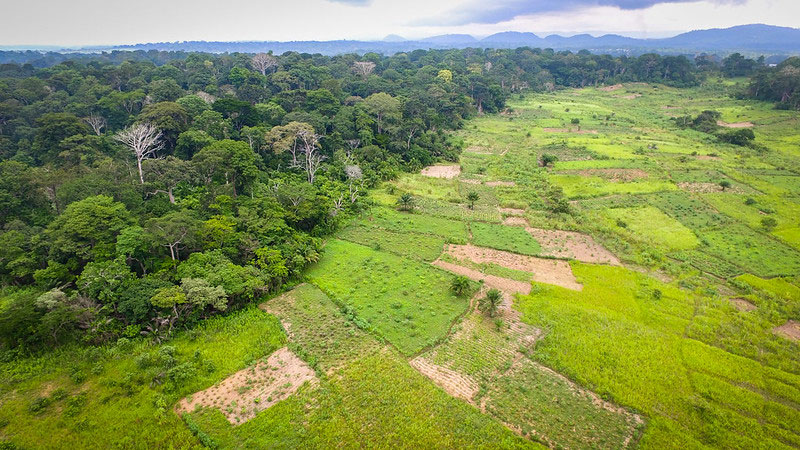In our last blog post, we wrote about one approach to protecting forests: paying local people to protect their trees. As we noted, it is not the only decentralized approach with the potential to limit deforestation. Decentralizing forest management is another tactic that shows evidence of reducing the number of trees that are cut down..
This approach has one obvious benefit: it does not require any payments to anyone. However, it also should not be seen as an approach to reduce poverty – there is limited evidence that it improves livelihoods, and there is a possibility that it could make life harder for the poorest of the poor.
These findings are based on a systematic review which combines the evidence from 12 studies on decentralized forest management, five of which included quantitative estimates of the programs' effects on deforestation. Findings from systematic reviews are generally more reliable than those from individual studies, where one-time factors can shape findings.
Overall, the review found a small but significant effect of decentralizing forest management on the reduction of deforestation.. Still, in this case, the evidence base is small, and the review's authors write that the methodological limitations of the included studies are "quite severe", so the results here are not as certain as in other reviews.
All of the forest management decentralization initiatives included in the review shifted responsibility from centralized authorities to local authorities for granting concessions and established use restrictions within forests. Programs differed in the exact levels of government from and to which authority was shifted, as well as whether local authorities gained the rights to sell or transfer land titles to the forested land.
The timeframes over which the studies analyzed data also varied widely. Most were evaluated a few years after implementation, while the 1931 establishment of Van Panchayats (Village Forest Councils) in India was evaluated with data from 1931 through 2001. The other programs evaluated for their effects on forest cover were in Bolivia, Nepal, and Kenya.
All five studies found beneficial effects of forest management decentralization on tree cover for at least some types of areas.. In one study from Bolivia, there was no significant change in overall deforestation, but there was a reduction in deforestation in areas where tree cutting was banned. Detailed comparisons across studies was not possible because of the different types of trees and forests in program areas.
Since this systematic review was published in 2014, research on decentralized forest management has continued. A more recent study on Bolivia, from the same author of the Bolivia study in the review, finds that the positive effects on deforestation emerge when local forest users are actively engaging with relevant local political authorities.
Three other studies in the systematic review estimated the effects of decentralization programs on economic outcomes, all evaluating different programs than the ones mentioned above. However, they focused on measuring income changes for households that opted in to participate in programs. They found beneficial effects for participants – but as in last week's post, they also found that participating households tended to be the wealthier ones.
The one study which looked at non-participating households of a program in Uganda found negative effects on the poorest households' incomes from forest products. The author of that study wrote: "Forests [after decentralization] have improved livelihoods, but only for relatively wealthy households accessing forest products illegally.."
For more details, the full systematic review is available here. And our Development Evidence Portal has hundreds more systematic reviews and thousands of impact evaluations on a full range of international development topics.
 This blog is part of our campaign 2020 Hindsight: What works in Development. Learn more about the campaign and read past blogs here.
This blog is part of our campaign 2020 Hindsight: What works in Development. Learn more about the campaign and read past blogs here.





